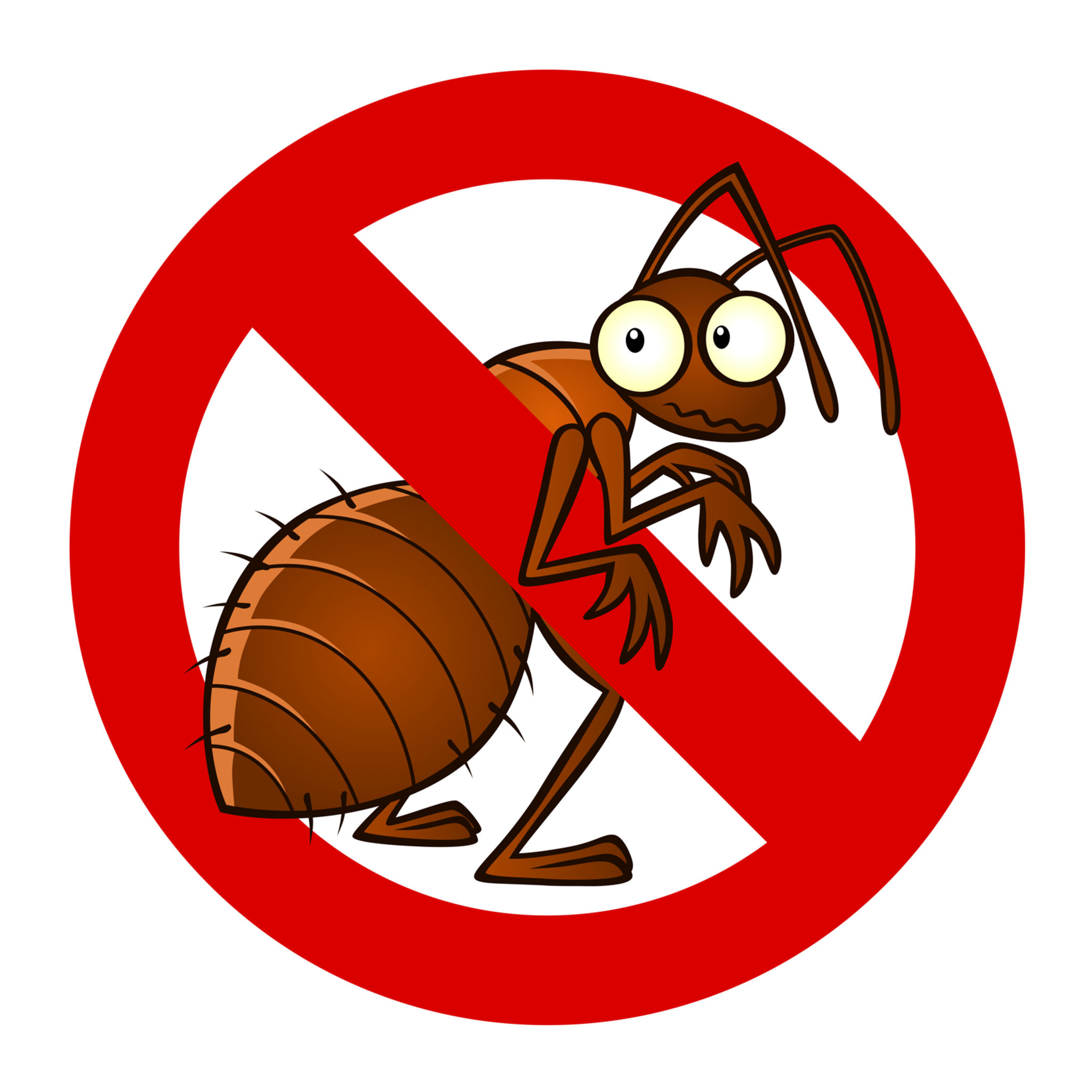Top Quality A1 Pest Control Services Charlotte - Safeguard Your Home
Top Quality A1 Pest Control Services Charlotte - Safeguard Your Home
Blog Article
Bed Pest Treatment Breakdown: Contrasting Chemical Vs. Non-Chemical Solutions
In the realm of pest control, particularly when managing the consistent concern of bed insects, the choice in between chemical and non-chemical treatment solutions can be an essential one. Both techniques offer distinctive advantages and downsides, influencing variables such as effectiveness, safety considerations, and general price. By examining the nuanced details of each approach, a clearer understanding of which course to seek in addressing a bed insect invasion can be attained.
Effectiveness of Chemical Treatments
Chemical therapies for bed pest invasions have been extensively recognized for their rapid and potent efficacy in getting rid of these pests. When taking into consideration the performance of chemical therapies, it is essential to recognize that they can provide a quick and detailed option to a bed insect trouble. Professional pest control men usually rely on insecticides to target bed insects at numerous stages of their life cycle, including eggs, fairies, and grownups. These chemicals usually work by interrupting the bed bugs' nerves, causing paralysis and ultimate fatality.
Furthermore, chemical treatments have the benefit of using residual effects, indicating that they can remain to get rid of bed pests even after the first application. This recurring action is particularly advantageous in combating any type of prospective re-infestations. Additionally, the rapid activity of chemical treatments can bring relief to individuals encountering serious bed bug infestations, enabling them to reclaim control of their home rapidly.
Safety Problems With Chemical Solutions
One vital aspect that needs mindful factor to consider when utilizing chemical services for bed pest treatment is making sure the safety and security of passengers and the environment. While chemical treatments can be efficient in eliminating bed bugs, they might present dangers if not managed appropriately. Among the key safety interest in chemical solutions is the potential damage they can create to human health. Exposure to certain chemicals made use of in bed insect therapies can lead to respiratory system concerns, skin irritability, or various other negative responses, specifically in individuals with pre-existing problems or sensitivities. Additionally, inappropriate application or dosage of chemical pesticides can cause harmful deposits remaining in the cured area, posing long-lasting wellness risks to occupants.
Furthermore, the environmental effect of chemical options is one more considerable consideration. Some chemicals used in bed insect treatments might be dangerous to helpful insects, wild animals, and ecosystems if they seep into the dirt or water supply. It is important to utilize chemical treatments deliberately, complying with safety guidelines, and thinking about less hazardous alternatives to minimize these dangers and make sure the safe and reliable management of bed pest problems.
Benefits of Non-Chemical Techniques
Considering the possible safety worries and environmental effect connected with chemical options for bed pest treatment, exploring non-chemical techniques presents an appealing choice with several distinctive benefits. Non-chemical techniques offer a much safer alternative for families, particularly those with pet dogs, kids, or people conscious extreme chemicals. These approaches eliminate the dangers of exposure to harmful materials, reducing the potential for adverse health and wellness impacts. In addition, non-chemical treatments are environmentally friendly, as they do not add to air or water contamination, making them a lasting option for insect control.
In addition, non-chemical services can be reliable in targeting bed insects, including hard-to-reach locations where chemical treatments might not penetrate - A1 bed bug exterminator charlotte. Techniques such as warmth treatment, vacuuming, vapor cleaning, and bed mattress coverings supply complete obliteration without the use of hazardous chemicals.
Limitations of Non-Chemical Treatments

Furthermore, non-chemical treatments often require numerous applications to accomplish effective elimination. This can be time-consuming and may not always ensure complete removal of all bed bugs and their eggs, specifically in hidden or hard-to-reach locations.
In addition, the success of non-chemical treatments greatly relies upon appropriate implementation and thoroughness, which can be testing for individuals without expert competence. Inadequate application of non-chemical approaches may cause incomplete obliteration, resulting in relentless infestations and the demand for additional therapies.
Therefore, while non-chemical therapies have their benefits, it is necessary to recognize these restrictions and consider them when establishing the most efficient strategy for handling bed pest invasions.
Expense Comparison: Chemical Vs. Non-Chemical Options
Offered the limitations linked with non-chemical treatments, an essential element to examine in the context of bed bug monitoring is the price contrast in between chemical and non-chemical choices. Chemical therapies usually entail the application of pesticides by specialists, which can range from $250 to $900 per room, relying on the extent of the problem and the size of the area to be treated. On the other hand, non-chemical treatments like heat therapy or steam can be much more costly, with costs ranging from $1,000 to $6,000 for an entire home. While the initial expense of chemical treatments may appear reduced, numerous therapies might be called for to completely eradicate the infestation, potentially increasing the overall cost. On the other hand, non-chemical alternatives may provide a more environment-friendly and lasting service, although they can be cost-prohibitive for some individuals. Ultimately, when considering the cost of bed pest treatment choices, it is essential to evaluate the upfront expenses versus the effectiveness and long-lasting sustainability of the chosen approach.
Conclusion

Considering the potential safety and security concerns and environmental impact linked with chemical options for bed pest treatment, discovering non-chemical methods offers a promising choice with numerous distinct benefits.Provided the limitations connected with non-chemical therapies, an important facet to evaluate in the context of bed bug management is the price comparison between chemical and non-chemical options. In contrast, non-chemical therapies like heat treatment or vapor can be much more pricey, with prices ranging from $1,000 to $6,000 for a whole home. While the first cost of chemical therapies might seem reduced, several treatments may be needed to totally eliminate the infestation, potentially raising the total expense.In final thought, when comparing chemical and non-chemical bed bug treatment choices, it is important to take into consideration performance, security, benefits, restrictions, and cost.
Report this page